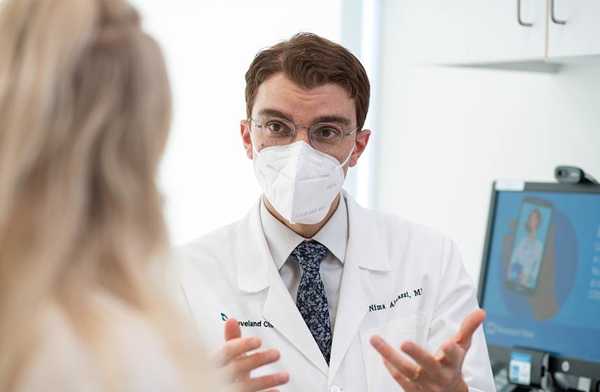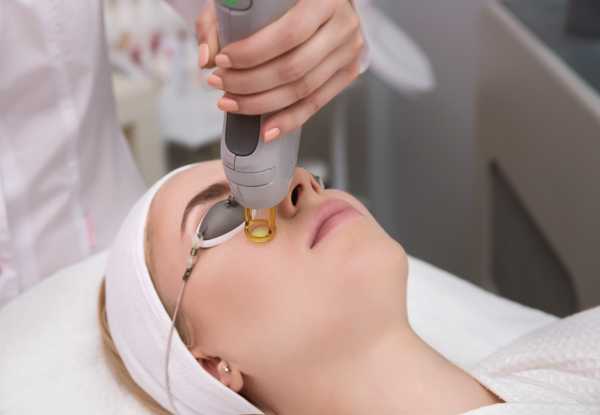Ultimate Guide to HVAC Services: Keeping Your Indoor Environment Comfortable and Healthy
Thyroid Eye Disease (TED): Identifying Early Symptoms and Seeking Timely Treatment
Thyroid Eye Disease (TED) is a progressive autoimmune disorder that affects the muscles and tissues surrounding the eyes, often linked to thyroid dysfunction, particularly Graves’ disease. If left untreated, TED can lead to significant eye discomfort, vision impairment, and aesthetic changes. Recognizing the early warning signs and seeking medical attention promptly can help prevent serious complications and improve long-term outcomes.
Thyroid Eye Disease (TED) is a progressive autoimmune disorder that affects the muscles and tissues surrounding the eyes, often linked to thyroid dysfunction, particularly Graves’ disease. If left untreated, TED can lead to significant eye discomfort, vision impairment, and aesthetic changes. Recognizing the early warning signs and seeking medical attention promptly can help prevent serious complications and improve long-term outcomes.
What is Thyroid Eye Disease?
TED, also known as thyroid-associated ophthalmopathy, is an inflammatory condition that causes swelling, irritation, and eye movement difficulties. While it is most commonly associated with hyperthyroidism, it can also develop in individuals with hypothyroidism or normal thyroid function.
This condition occurs when the immune system mistakenly attacks the tissues behind the eyes, leading to inflammation and excess tissue growth, which can result in protruding eyes, vision problems, and discomfort.
Early Symptoms of Thyroid Eye Disease
Detecting TED in its early stages can help prevent severe complications. The first signs of TED often resemble common eye conditions like dry eye syndrome or seasonal allergies, making them easy to overlook.
Initial Symptoms to Watch For:
- Mild puffiness around the eyes(especially in the morning)
- Eye discomfort or irritation
- Increased sensitivity to light (photophobia)
- Excessive tearing or dry, gritty sensation
- A "staring" appearance due to slight eyelid retraction
If you experience these symptoms persistently, it is important to consult a healthcare professional to rule out TED.
Progression of TED: More Pronounced Symptoms
As TED advances, symptoms become more noticeable and concerning. In moderate to severe cases, individuals may experience:
- Bulging or protruding eyes (proptosis)due to swelling behind the eyes
- Persistent eyelid swelling and redness
- Difficulty moving the eyes, leading to painful eye movements
- Double vision (diplopia)caused by misalignment of the eyes
- Blurry vision or difficulty focusing on objects
These symptoms can interfere with daily activities, making tasks like reading, driving, or working on a screen challenging.
Severe Symptoms That Require Immediate Medical Attention
If left untreated, TED can lead to serious eye complications that require urgent care. Seek immediate medical help if you experience:
- Sudden vision loss or significant visual changes
- Severe eye pain or a sensation of extreme pressure
- Inability to fully close the eyes, leading to excessive dryness
- Loss of peripheral vision or difficulty distinguishing colors
These symptoms may indicate optic nerve compression (dysthyroid optic neuropathy, DON), which can result in permanent vision loss if not treated quickly.
What Increases the Risk of TED?
Several factors contribute to the development and progression of Thyroid Eye Disease:
✔ Thyroid Disorders – Most commonly occurs in individuals with Graves’ disease, but can also affect people with hypothyroidism or normal thyroid levels.
✔ Smoking – One of the biggest risk factors; smokers are at a significantly higher risk of developing severe TED.
✔ Gender & Age – TED is more common in women, particularly between the ages of 40 and 60, although men may experience more severe cases.
✔ Family History – A genetic predisposition to autoimmune diseases increases susceptibility.
✔ Radioactive Iodine Therapy – Used to treat hyperthyroidism, this treatment may worsen TED symptoms in some individuals.
Understanding these risk factors can help individuals take preventive measures and seek medical evaluation early.
How is Thyroid Eye Disease Diagnosed?
Diagnosing TED involves a combination of clinical evaluations and imaging tests. Common diagnostic methods include:
1️⃣ Eye Examination – Assessing eye movement, eyelid position, and overall eye health.
2️⃣ Thyroid Function Tests – Blood tests to evaluate thyroid hormone levels and autoimmune markers.
3️⃣ Imaging Studies (CT Scan or MRI) – Used to detect swelling, inflammation, and tissue growth behind the eyes.
4️⃣ Visual Field Tests – Measures peripheral vision and optic nerve function.
5️⃣ Ocular Motility Tests – Evaluates eye alignment and double vision severity.
An early and accurate diagnosis allows for timely intervention and better management of the condition.
Treatment Options for Thyroid Eye Disease
The treatment approach for TED depends on the severity of symptoms and whether the disease is in its active (progressive) or inactive (stable) phase.
1. Managing Mild TED Symptoms at Home
For individuals with mild TED, symptoms can often be managed with lifestyle adjustments and eye care:
- Use lubricating eye dropsto relieve dryness and irritation.
- Wear sunglassesto reduce light sensitivity and protect against environmental irritants.
- Sleep with your head elevatedto minimize morning swelling.
- Quit smoking, as it worsens TED and delays healing.
- Maintain thyroid hormone balanceby following prescribed medications.
2. Medications for Moderate to Severe TED
- Corticosteroids (e.g., prednisone)– Reduce inflammation and swelling in the eyes.
- Tepezza (teprotumumab)– An FDA-approved medication that targets inflammation and helps reduce eye bulging and double vision.
- Radiation Therapy– Used in some cases to control inflammation of the eye muscles.
3. Surgical Options for Severe TED
For advanced cases, surgery may be required to correct vision problems and relieve pressure in the eye socket:
- Orbital Decompression Surgery– Expands the eye socket to reduce bulging and protect the optic nerve.
- Strabismus Surgery– Helps correct double vision by realigning the eye muscles.
- Eyelid Surgery– Improves eyelid function to protect the cornea from excessive dryness.
Can TED Be Prevented?
While TED cannot always be completely prevented, taking proactive steps can reduce the risk and severity of symptoms:
✔ Quit Smoking – This is the most effective way to reduce TED severity.
✔ Manage Thyroid Levels – Regular thyroid check-ups and proper medication management help stabilize the condition.
✔ Protect Your Eyes – Wear sunglasses, use artificial tears, and avoid excessive screen time.
✔ Monitor for Early Symptoms – If you have a thyroid disorder, be vigilant about any changes in eye appearance, comfort, or vision.
Final Thoughts: Why Early Detection is Crucial
Thyroid Eye Disease can have a major impact on vision and overall eye health, but early diagnosis and treatment can prevent complications and improve long-term quality of life.
If you experience persistent eye discomfort, swelling, or vision changes, especially if you have a thyroid disorder, don’t ignore the signs—seek medical advice as soon as possible.
With proper medical care, lifestyle adjustments, and advanced treatment options, TED can be effectively managed, allowing individuals to maintain clear vision and optimal eye health.











